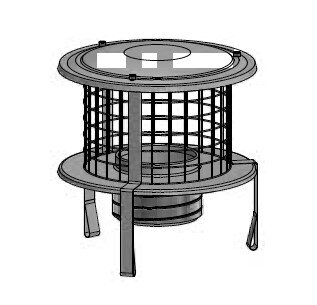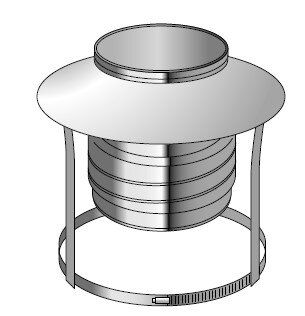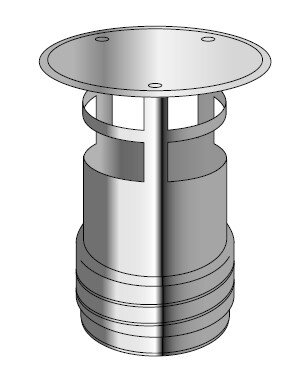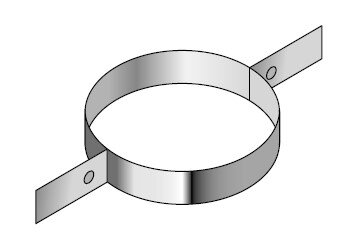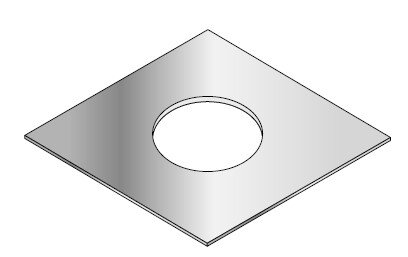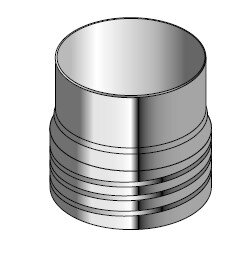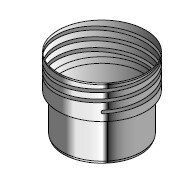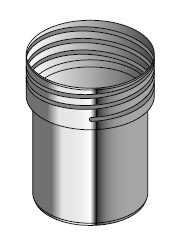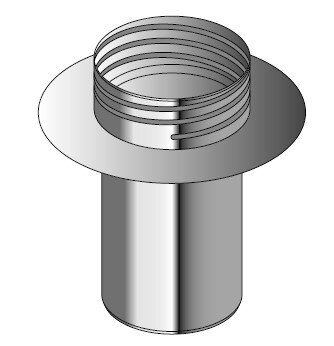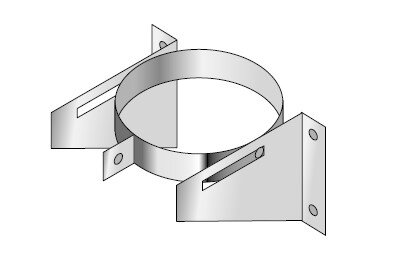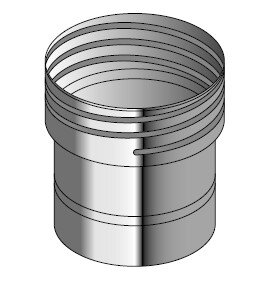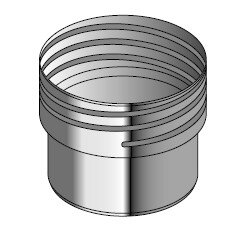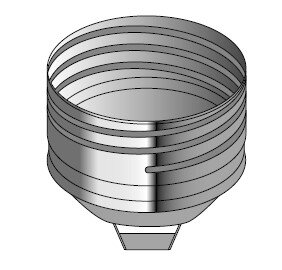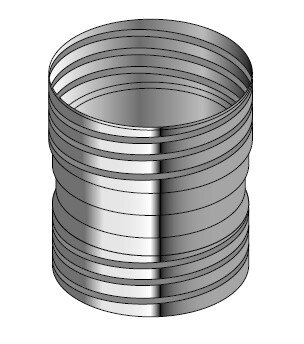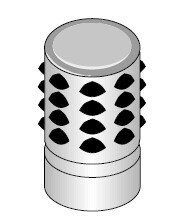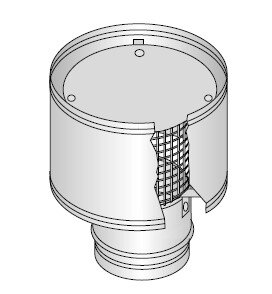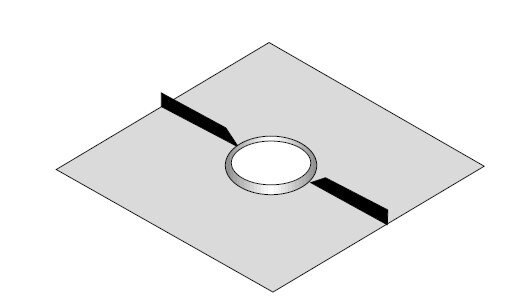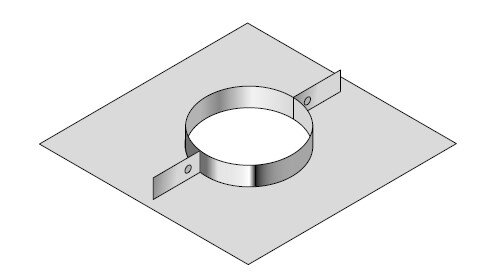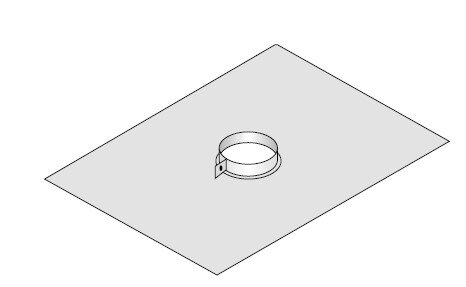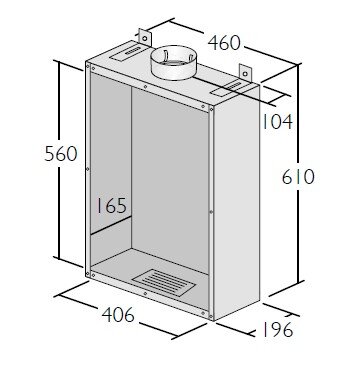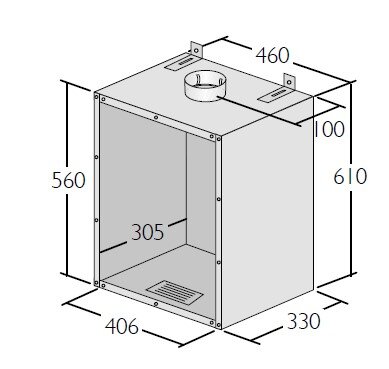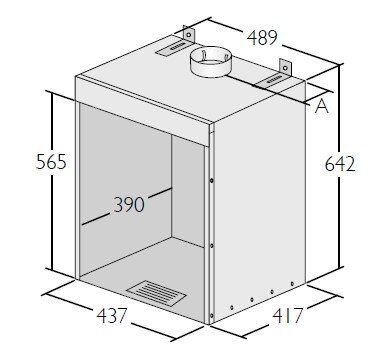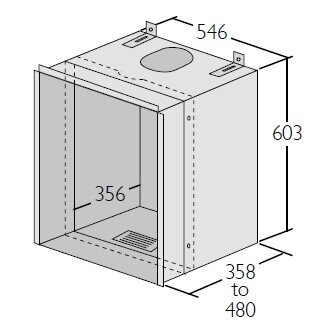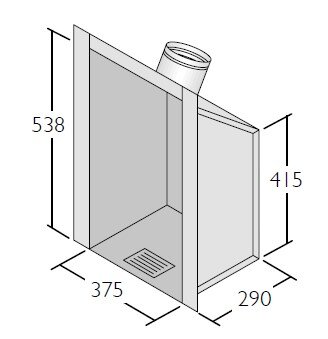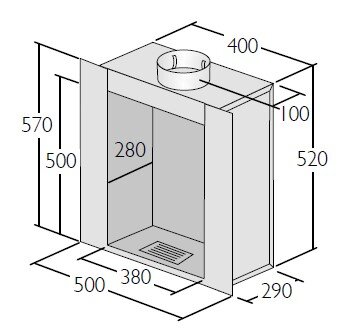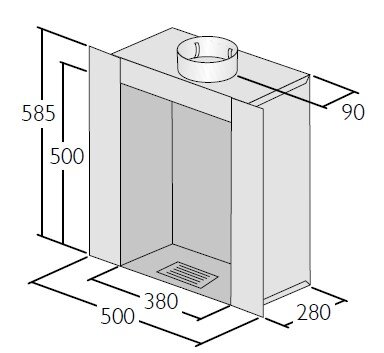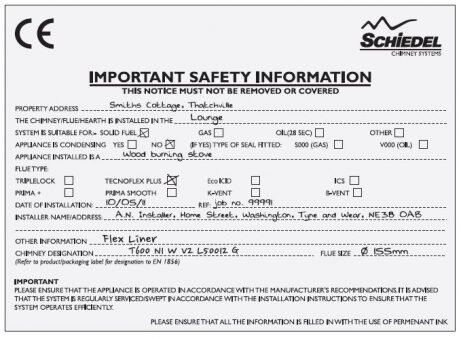We are confident in our products and so offer you (the owner) a generous guarantee in relation to the flexible liner system (the System). Provided that you comply with the conditions stated below, we guarantee to you that the System will be free from defects for whichever is the greater of:
• a period equal to the guarantee period of the appliance to which the Liner is first connected; or 20 years.
For recommended fuels listings, please refer to the HETAS Guide www.hetas.co.uk
In the event of a fault developing in the product due to defective materials or faulty manufacture Schiedel Chimney Systems undertake to replace the product only. Schiedel Chimney Systems cannot accept liability nor take any responsibility for the installation, building or redecorating costs or any other consequential losses arising. If any complaint is found to be a result of faulty installation, non-compliance with or abuse contrary to these conditions, the cost of site investigation is chargeable.
The conditions of the guarantee are:
- Correctly sized and installed in accordance with the manufacturer’s instructions, current Building Regulations and relevant British and European standards.
- Maintained correctly by a qualified and competent person and maintenance records kept updated for both appliance and chimney/chimney liner.
- Used in combination with an appliance burning only approved fuels in accordance with Schiedel Chimney Systems and the appliance manufacturer’s instructions.
- Register your product within 30 days of installation at WWW.SCHIEDEL.COM/UK and provide us with any evidence we reasonably request to prove that your System has been fitted by a HETAS approved installer or if not, has been signed off by a Building Control Inspector prior to use.
- Familiarise yourself with the User Guide and comply with its provisions in full during the lifetime of your usage of the Liner (including by keeping the required records safe). Failure to do so will invalidate any guarantee claim.
For more details about the guarantee visit our website www.schiedel.com/uk
